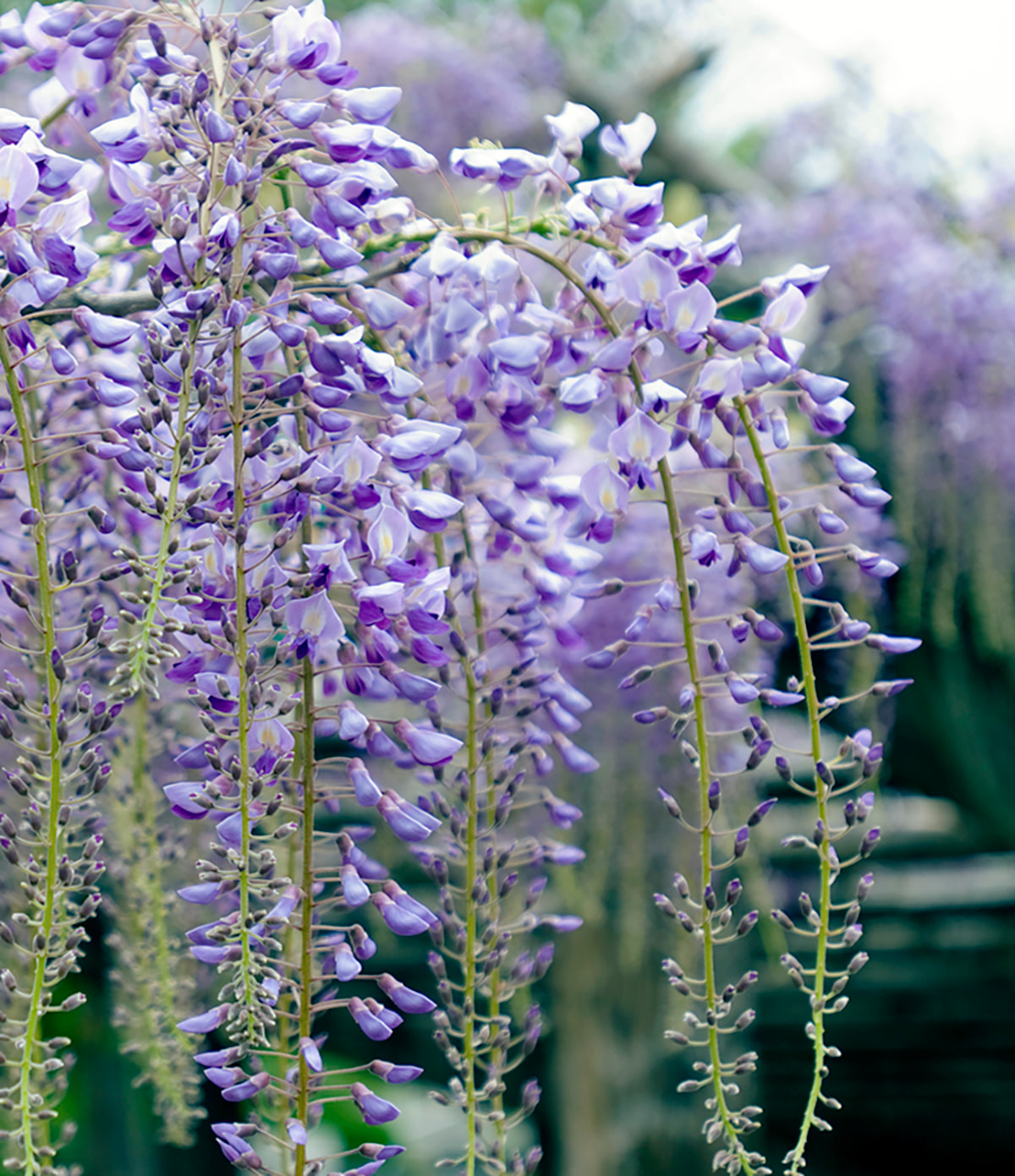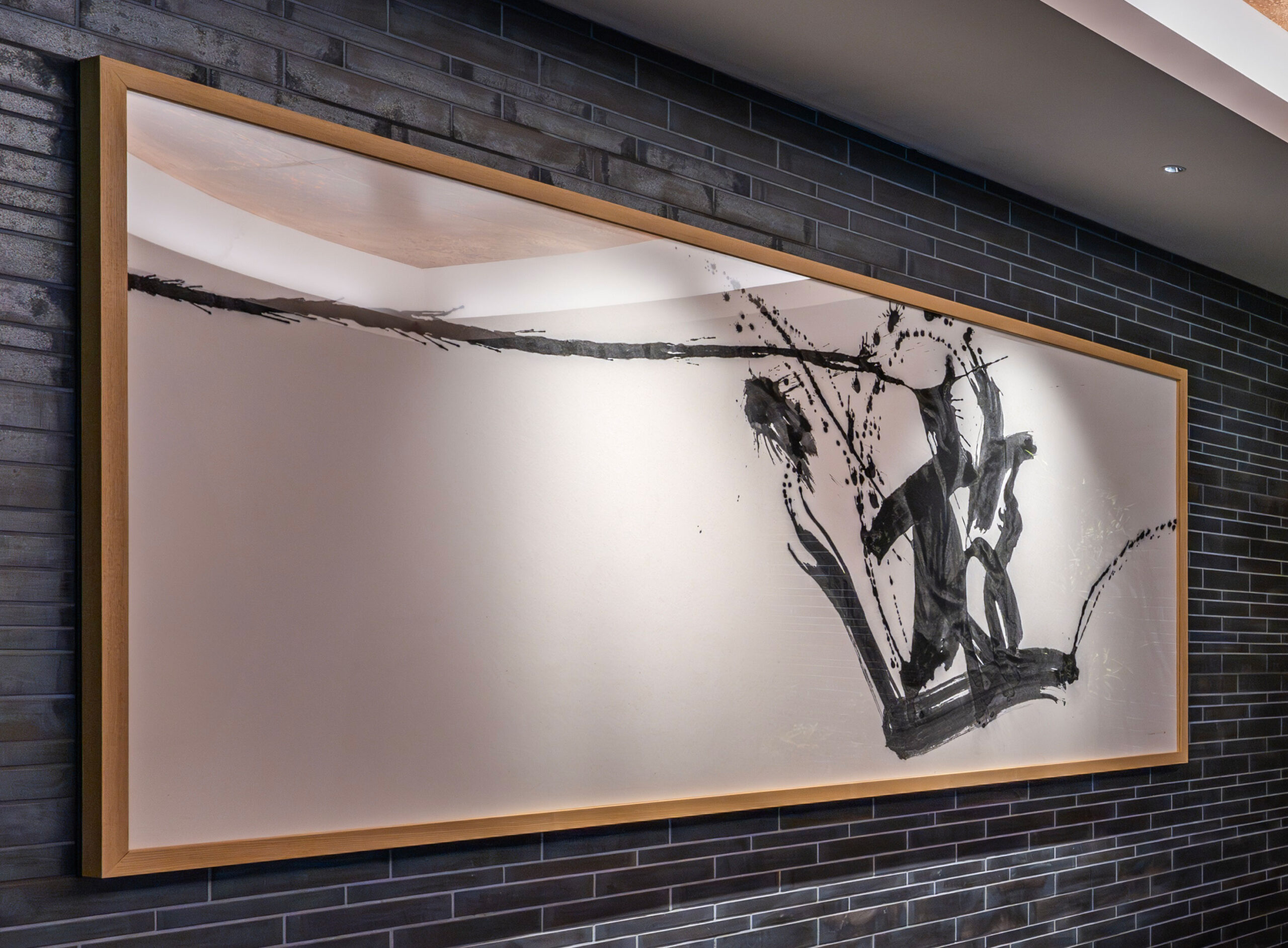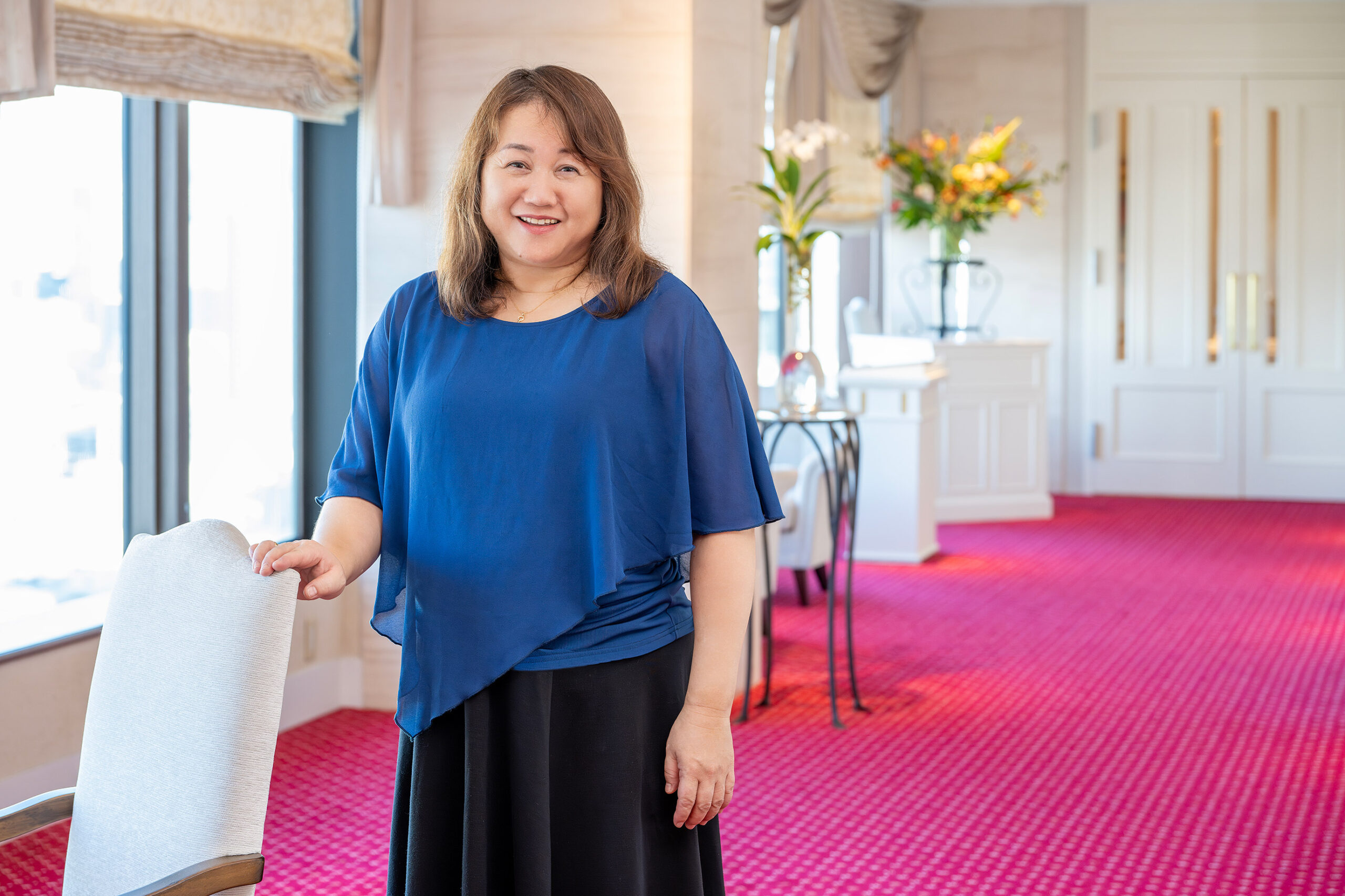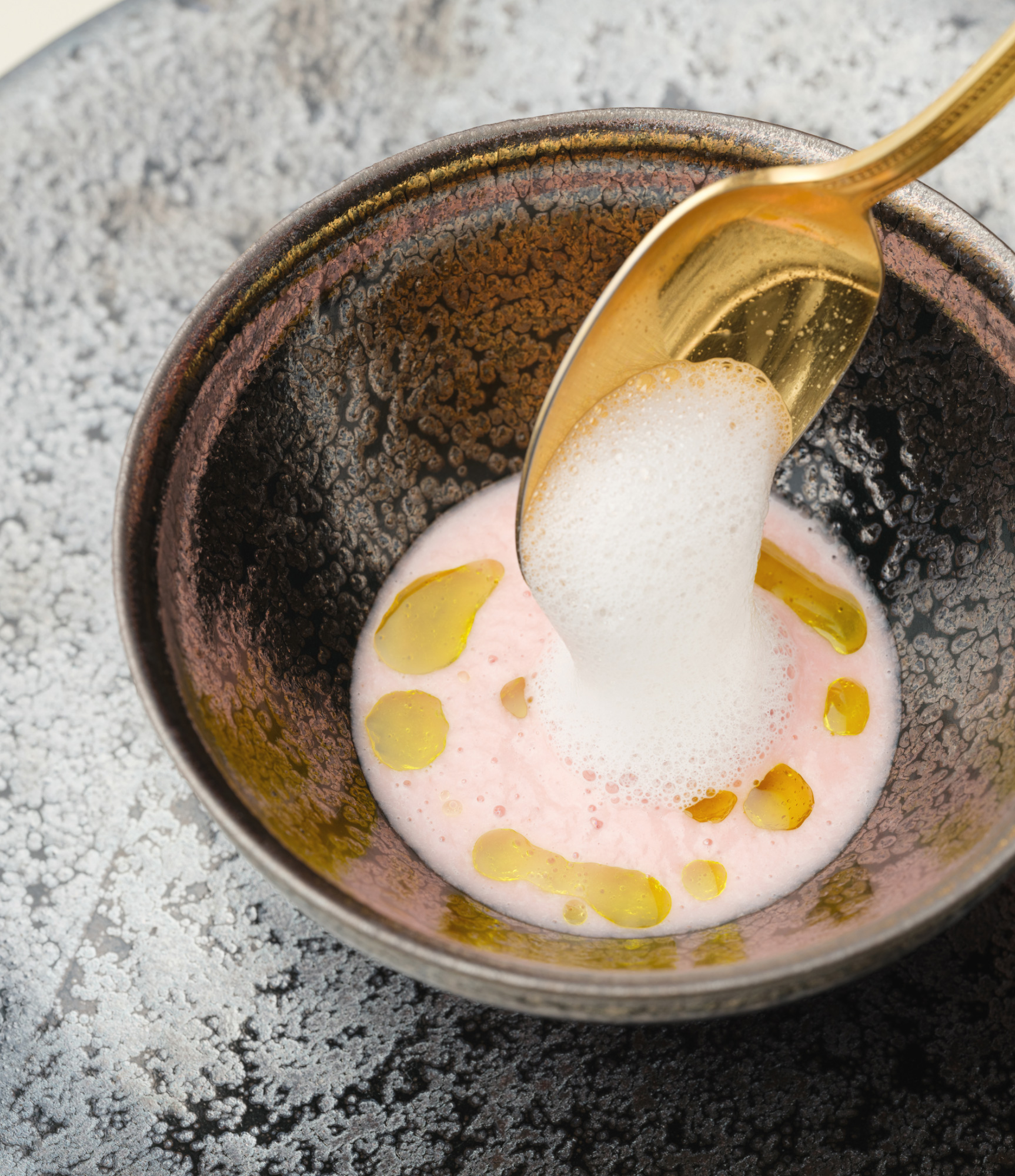
The Two “Guest House of Kansai”
This article was originally published in the Fall 2014 issue of The ROYAL.
RIHGA Royal Hotel 80th Anniversary Celebration
It’s time to celebrate RIHGA Royal Hotel’s 80th anniversary.
The hotel’s origin can be traced back to the two hotels nicknamed the “Guest House of Kansai.” Editor Ko Hiroki, who has been researching Osaka and its culture from his unique perspective, unravels the history of the two hotels.
(Text by Ko Hiroki)
Hotel New Osaka since 1935
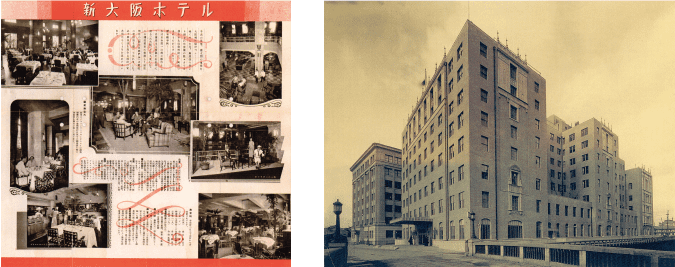
(*Private collection of Hashizume Setsuya, Museum Director of the Museum of Osaka University)
In 1925, influential figures, from politicians to business leaders, joined in to establish “a modern hotel in Dai-Osaka.” This became one of Osaka’s biggest projects and brought about the Hotel New Osaka, the “Guest House of Kansai,” which opened in 1935.
People looked up at this tall building with the opulent Venetian Gothic-style exterior standing on the bank of the Dojima River with great admiration. With its latest facilities and equipment, the Hotel New Osaka was the “pride of the city,” and the newspaper praised it as the “best of the bests in Japan.”
In 1965, the Osaka Royal Hotel, currently known as the RIHGA Royal Hotel Osaka, opened in Nakanoshima, following the footsteps of the Hotel New Osaka.
This hotel was designed by architect Yoshida Isoya, a recipient of the Order of Culture. Tiles arranged in a crossed pattern, often seen in “Oshima Kasuri” (a type of fabric), are installed on the hotel’s exterior, and the interior is lavishly decorated with works of art of high cultural value. The Osaka Royal Hotel has also been loved for a long time as the “Guest House,” welcoming guests from all over the world, even after changing its name.
Osaka Royal Hotel since 1965
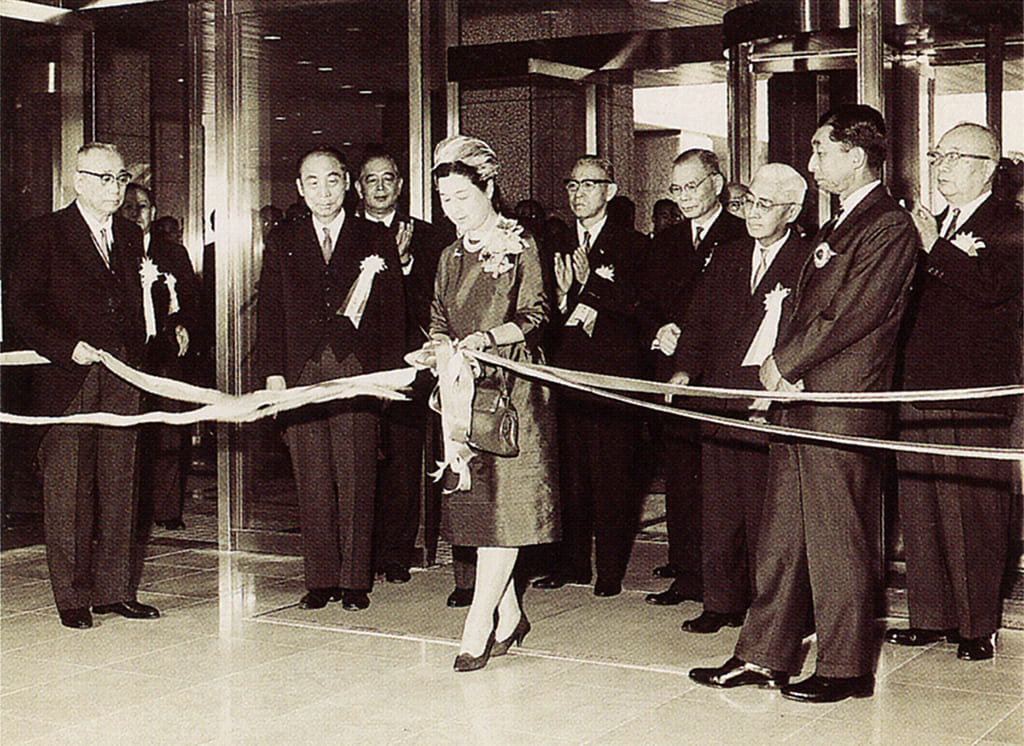
The hotel’s theme was “international dream and flavor,” and its four bars and seven restaurants were flocked by gastronomes seeking authentic western cuisine and “one-of-a-kind” dishes.
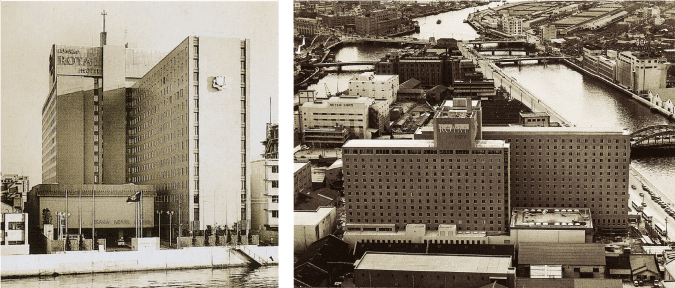
―New Osaka Hotel―
The rise of the “Hotel New Osaka” of “Dai-Osaka”; Through the eyes of the first manager
The construction of the Hotel New Osaka started in 1931, and it opened its doors in 1935. This was when Osaka peaked its prosperity, and people called Osaka “Dai-Osaka,” a city bigger than Tokyo.
Gunji Shigeru, previously a manager at the Imperial Hotel in Tokyo, became the hotel’s first manager a year before it opened. He joined the Imperial Hotel in 1923, and in 1928, the Imperial Hotel’s then-manager Inumaru Tetsuzo, later known as the “King of Hotels,” ordered him to study abroad. Later, Gunji was transferred to the Hotel New Osaka. He became the president of the hotel in 1966, and he was until the hotel closed to reopen as the Royal Hotel in 1973.
In 1976, Gunji wrote a book about the history of the Hotel New Osaka, titled “Undonkon” (published by the Mainichi Shimbun). The book tells untold stories about the luxurious hotel.
“At the time, an eight-story, hundred-foot-tall hotel was the tallest building in Osaka.” “It seems hard to believe, but there was not a single hotel in Japan with air-conditioned guest rooms.” He talks about the hotel’s prosperity and its cutting-edge facilities. “In 1936, one year after its opening, the Hotel New Osaka’s number of guests stayed surpassed that of Tokyo’s Imperial Hotel’s, and became the best hotel in Japan.”
As he says, “every boy, waiter, and waitress represent the hotel. This type of business is not found in other industries.” The hotel’s success relies on the belief that “the dignity of a hotel is determined, to put it another way, by the level of its employees’ knowledge and customer service.”
Establishing “a modern hotel in Dai-Osaka”
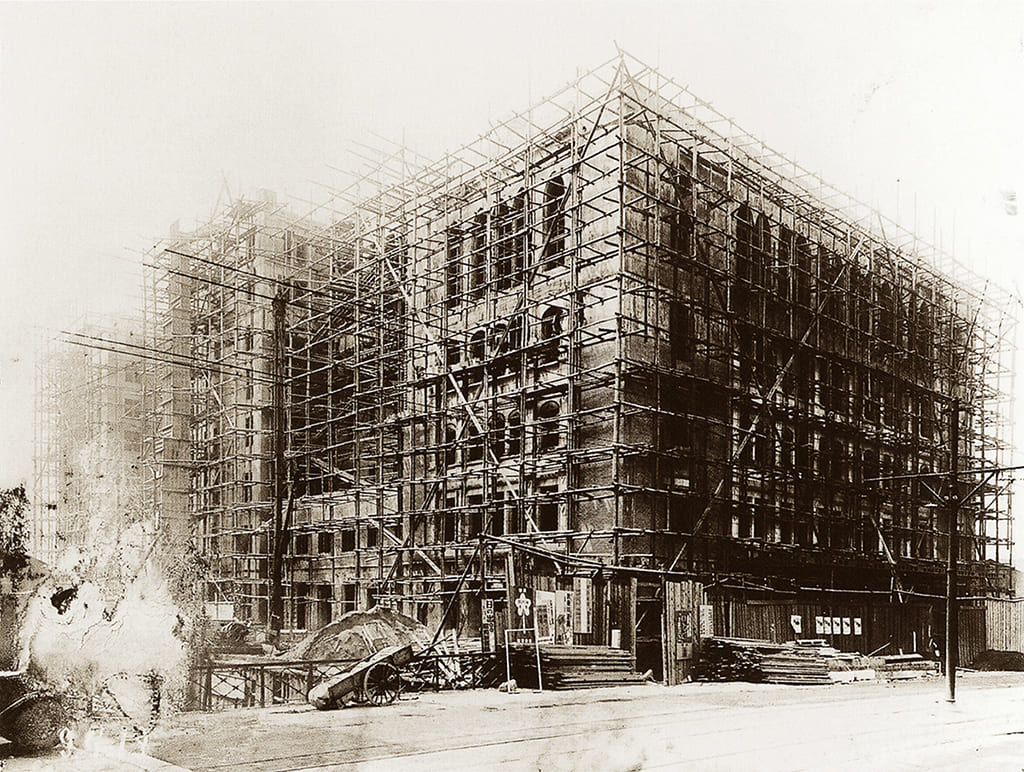
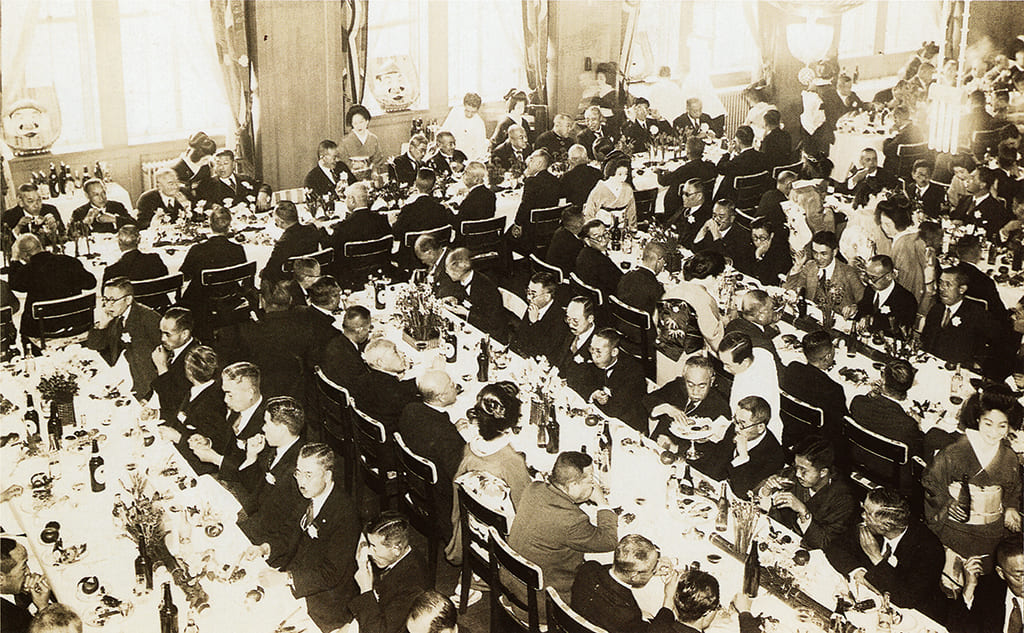
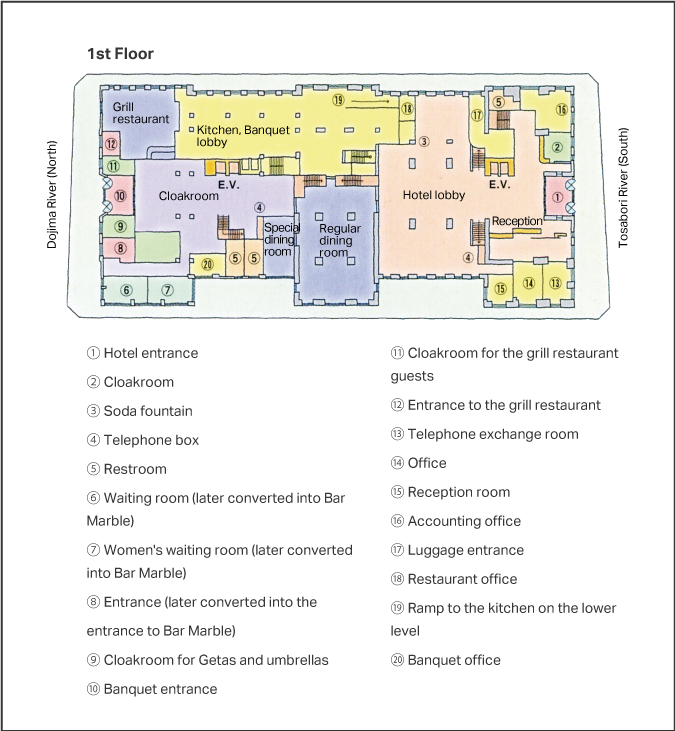
The luxury of the Hotel New Osaka
The Hotel New Osaka was made with the best materials and furnishings. Matoba Kohtan, a journalist and hotel services instructor, who worked at the Hotel New Osaka in his early twenties, wrote in the magazine “Osaka-jin” and other publications: “The Hotel New Osaka was a beautiful hotel embellished with the works of Umehara Ryuzaburo and Koiso Ryohei and antique Bohemian glass vases. Yet the guests didn’t seem to get overwhelmed by the fact. Naturally, the people who served those guests must also have an extraordinary mindset.”
He describes the Bar Marble and says, “The Germans played the English dice game ‘Cameroon.’ The bar’s interior and exterior were both made of Italian marble, which was rare back in the day. The bartenders used olive oil to polish the marble before lunchtime when the customers who order DRY DON (sherry) arrived.” He then writes, “On August 31, I got some drink [at Bar Marble] at midnight. I was looking at the gold label of Chivas Regal overlapping the marble. I enjoyed a bacon and egg sandwich for 550 yen, which became my true last order at the bar.” The bar closed after 38 years and eight months that night.
Truly more cinematic than any movie.
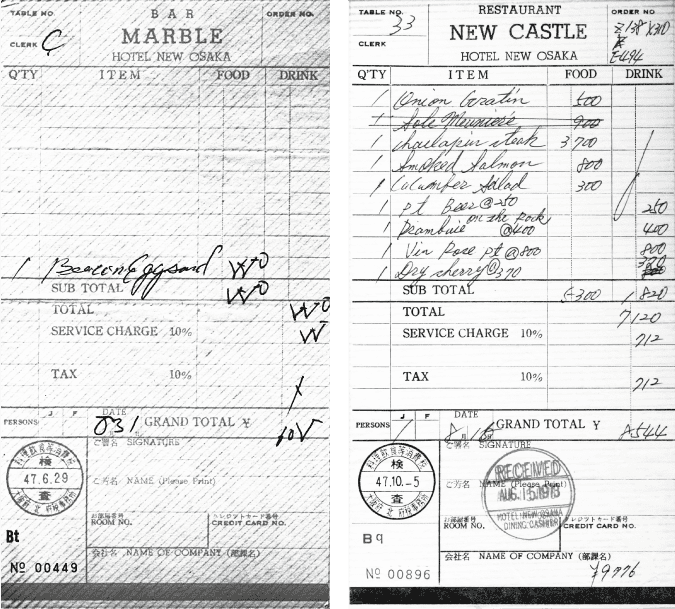
*From the personal collection of Matoba Kohtan
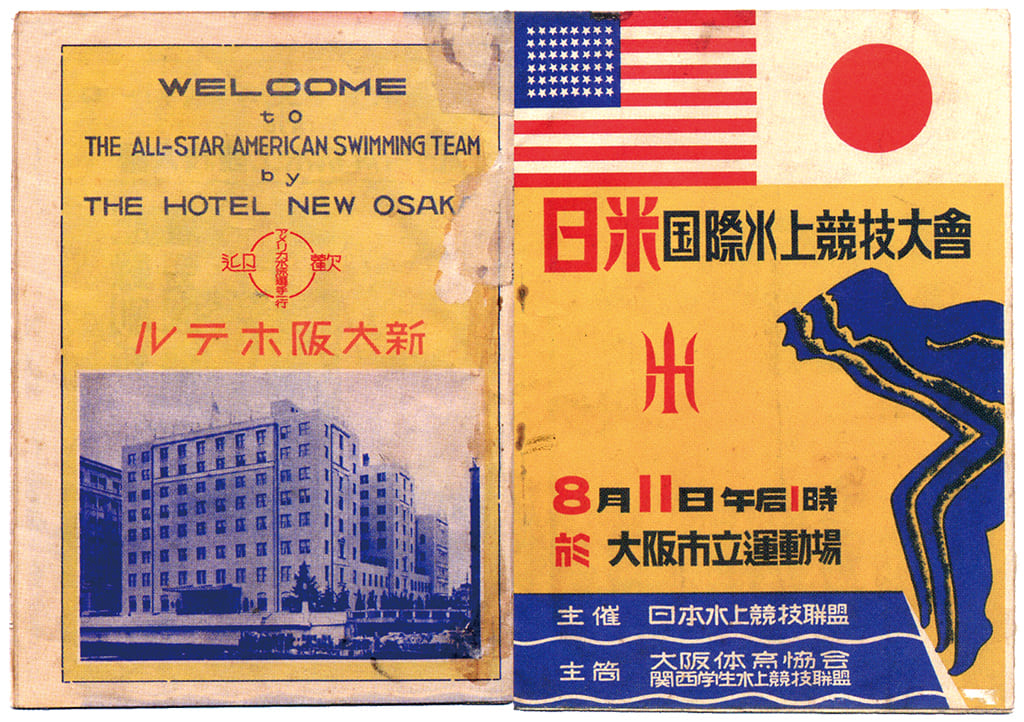
You can see from the advertisement for the Hotel New Osaka on the back that the American swimming team stayed at the hotel (left).
Becoming the symbol of “Dai-Osaka”
The cutting-edge facilities were celebrated as “the pride of our Osaka, Japan, and Asia.” The Hotel New Osaka appeared in Yamazaki Toyoko’s novel “Shiroi Kyoto (White Tower)” and Shiba Ryotaro’s novel “Hitobito no Ashioto (People’s Footsteps).” It also appears in Ishihara Yujiro’s movie “I Hate but Love.”
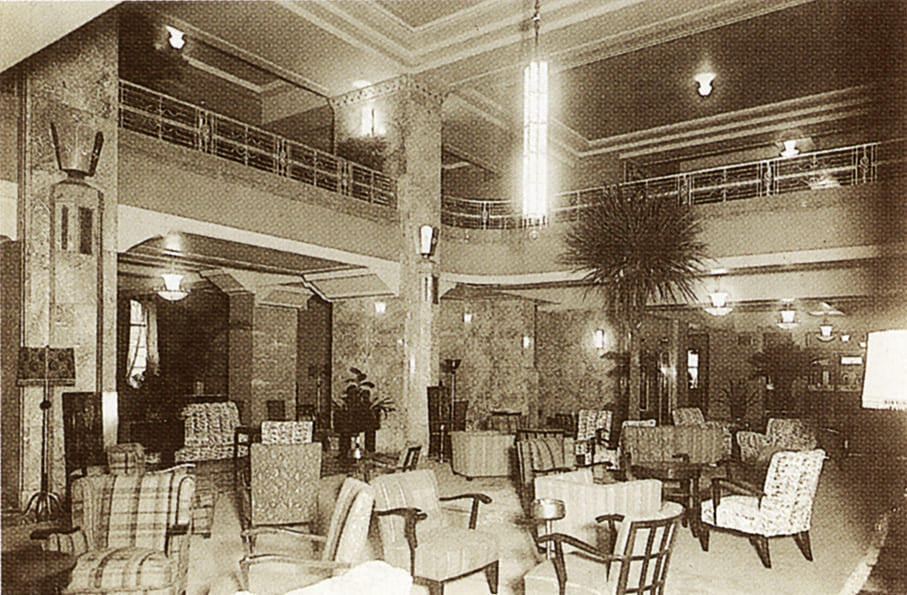
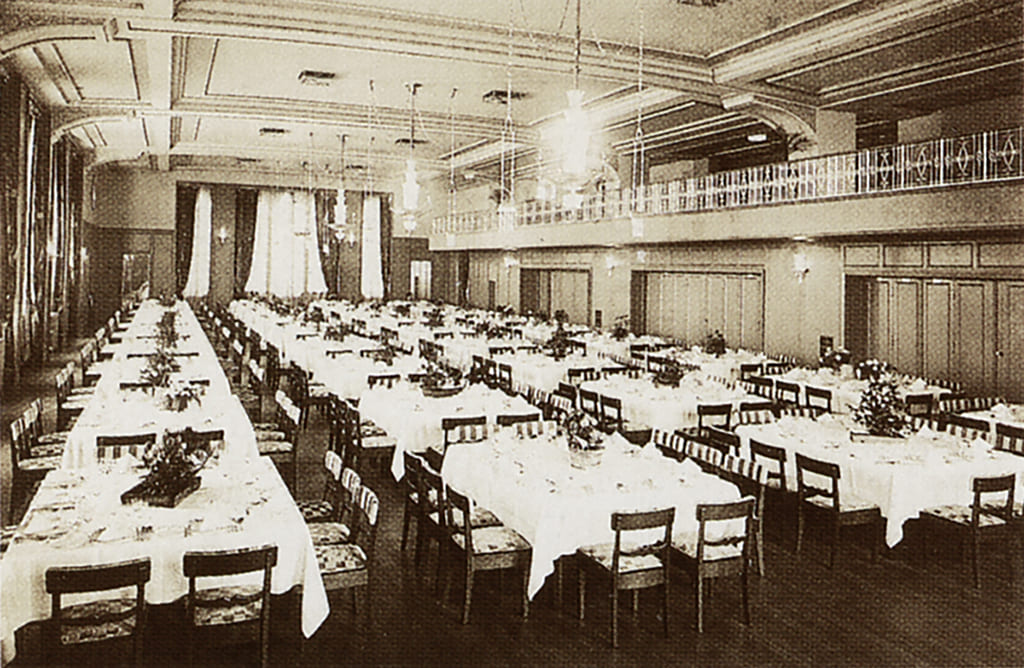
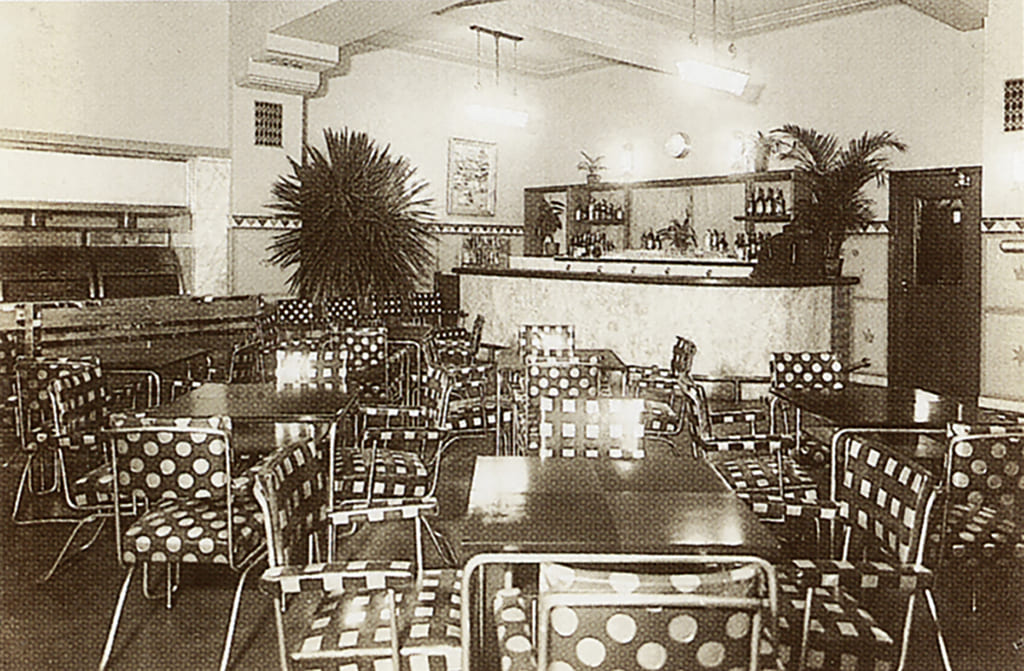
People complimented each room as “the most luxurious in Osaka.”
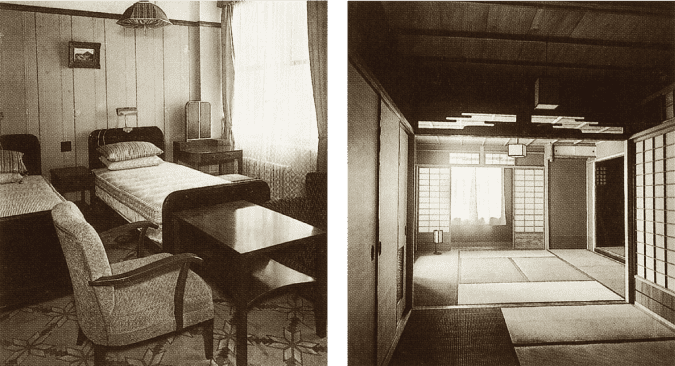
Different times, different guests…
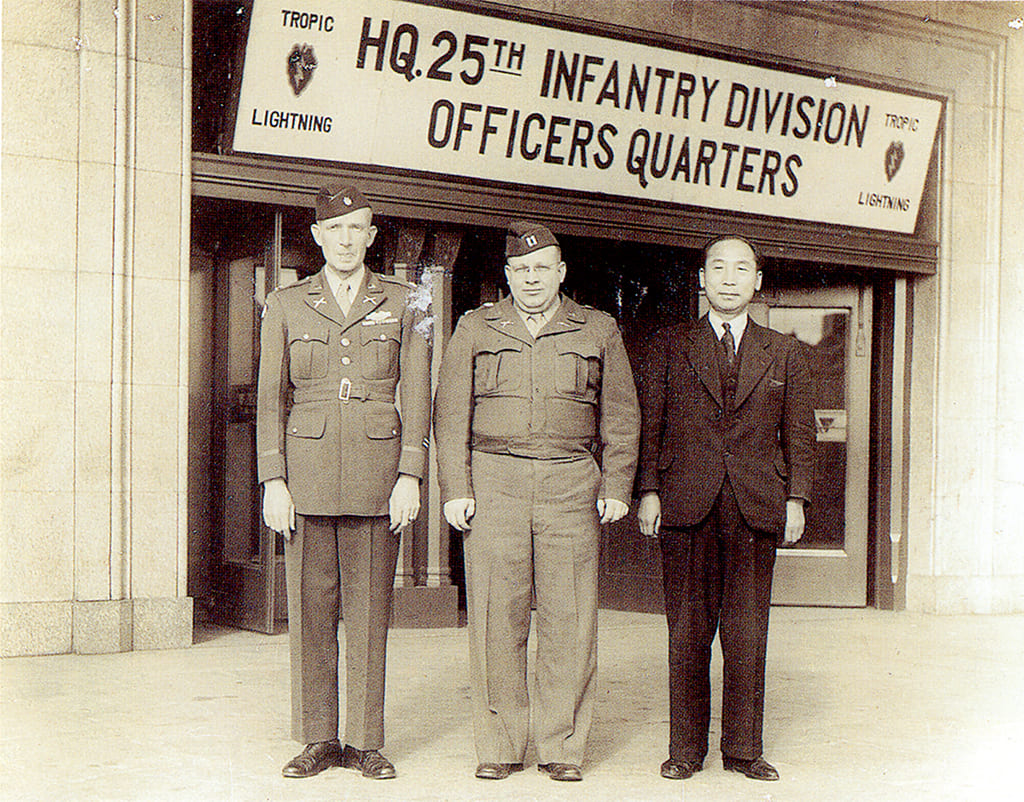
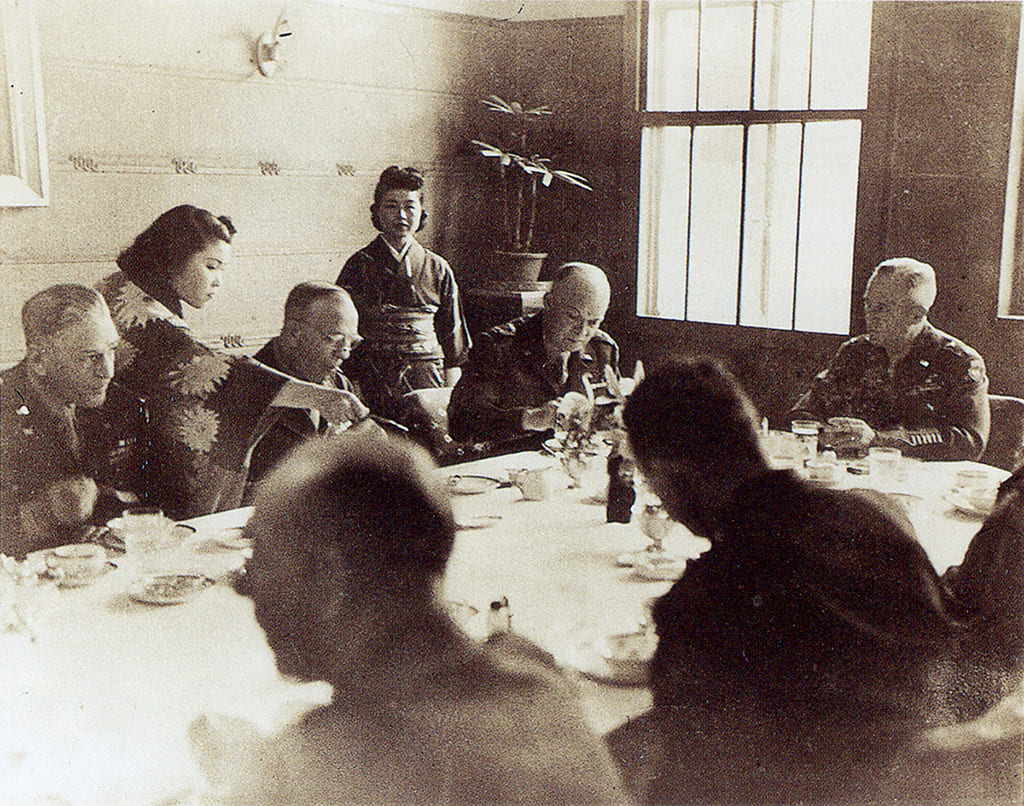
Created by the Masters of “Mingei”
―Osaka Royal Hotel―
The unique charm developed by its history.
RIHGA Royal Hotel, formerly known as Osaka Royal Hotel, is a hotel filled with many “must-sees,” and they are not limited to the works of art that decorate the hotel.
The first thing that catches your eye when you enter the lobby is the gold Maki-e pillars with bird patterns reminiscent of the Heian period. In the lounge at the back of the lobby are cloud-patterned gold Maki-e pillars, and a subtly curved stream flows right next to them. It is called “Gokusui” (winding stream), which leads to the Japanese outdoor garden and flows into a waterfall. This is a modern interpretation of the “elegance” of ancient times, designed by Yoshida Isoya.
Nature and traditional beauty.
Traditional Japanese designs are all throughout the hotel, including a Japanese garden with a pond.
It’s a special place you can only find here.
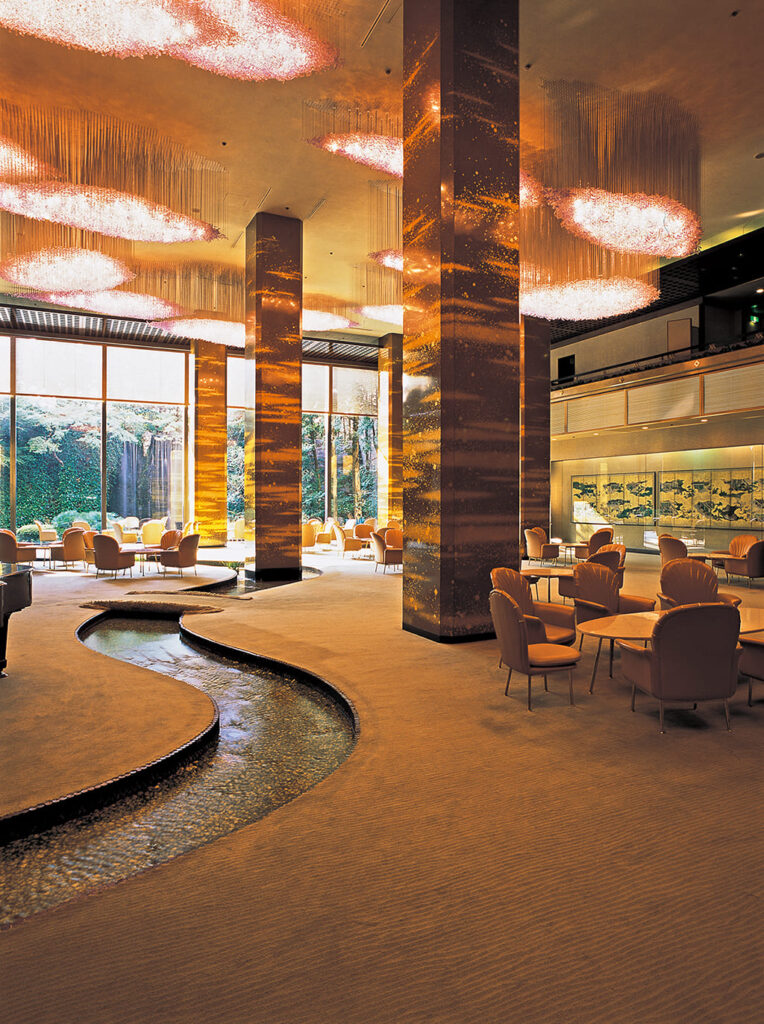
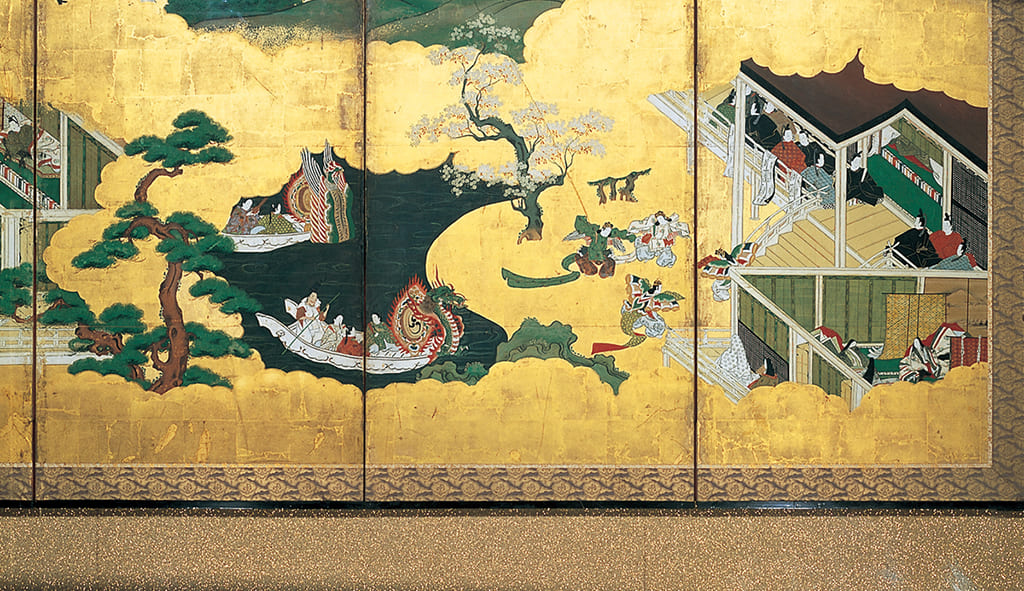
This splendid golden piece was created by a Tosa school painter in the mid-Edo period depicting 12 out of the 54 chapters of The Tale of Genji. All of the works of art displayed at the hotel are of high cultural value.
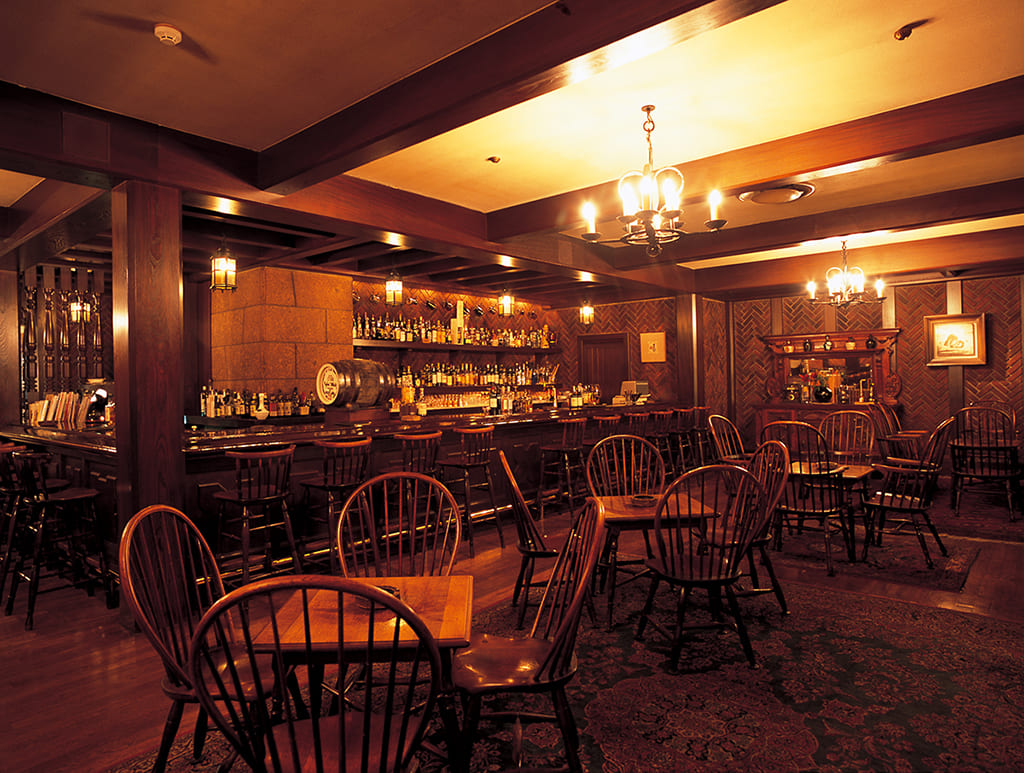
Leach’s unlimited imagination was transformed into a British cottage-style “Leach Bar.” With the philosophy of “True beauty lies in everyday household objects,” the bar is filled with “simple sophistication.” Windsor chairs and furniture, old bricks, walls made with diagonally woven thick rattan mats, and the Persian carpets on the floor all harmonize to create a perfect atmosphere.
I think the “Leach Bar” is the most comfortable bar in Japan. Even the sound of people’s footsteps on the oak floor is sweet. The bar was designed by the British potter Bernard Leach. Yamamoto Tamesaburo, the president of the hotel at the time, told Leach, “I will dedicate a room for you,” and suggested Leach design the bar. Therefore, the bar’s design is distinct from the rest of the hotel. Adorned with works by the master craftsmen of “Mingei” (folk art), including Yanagi Soetsu, Kawai Kanjiro, Hamada Shoji, and Munakata Shiko, this bar is like nothing you have ever seen.
A city hotel is a commercial space but not a mere place of consumption like a department store. A hotel’s unique and irreplaceable atmosphere, created by the accumulation of its history, continues to attract many.
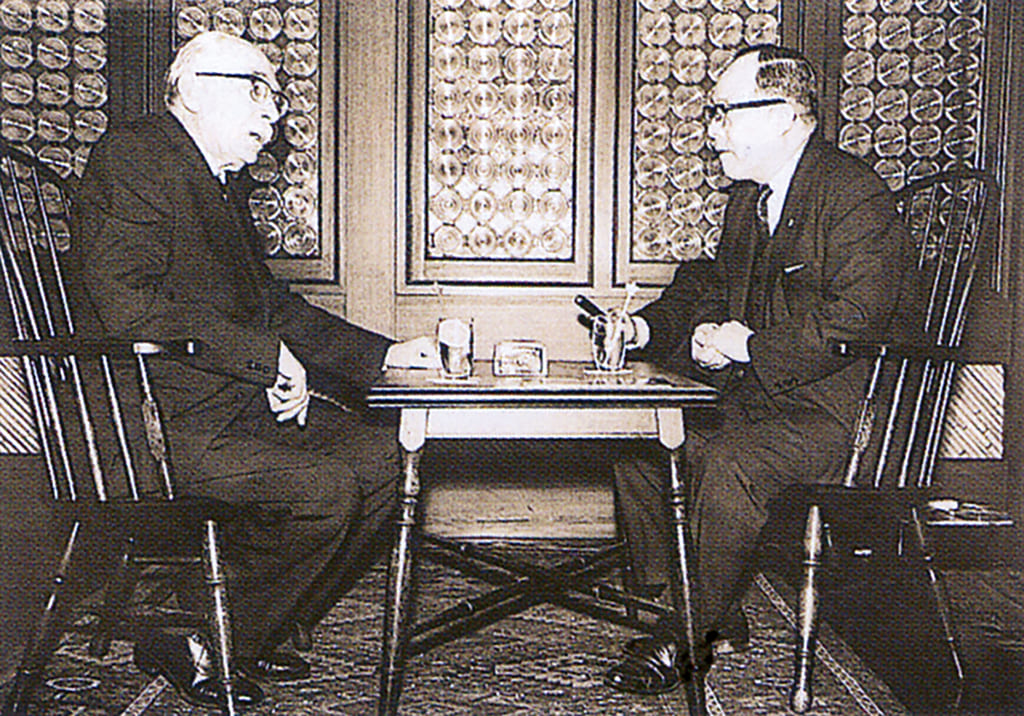
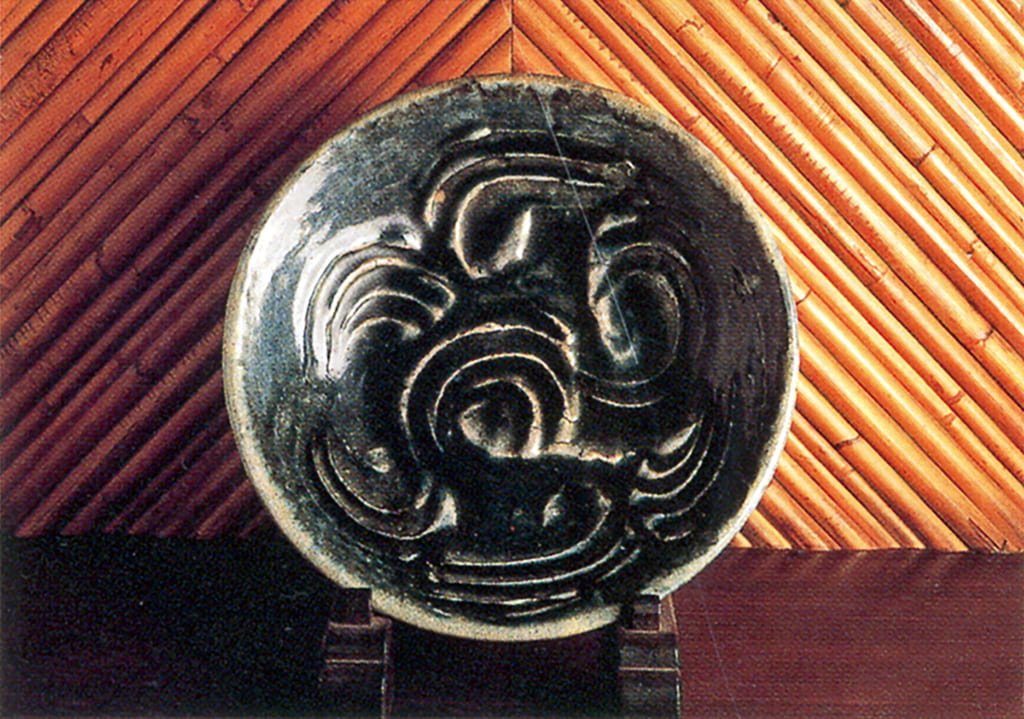
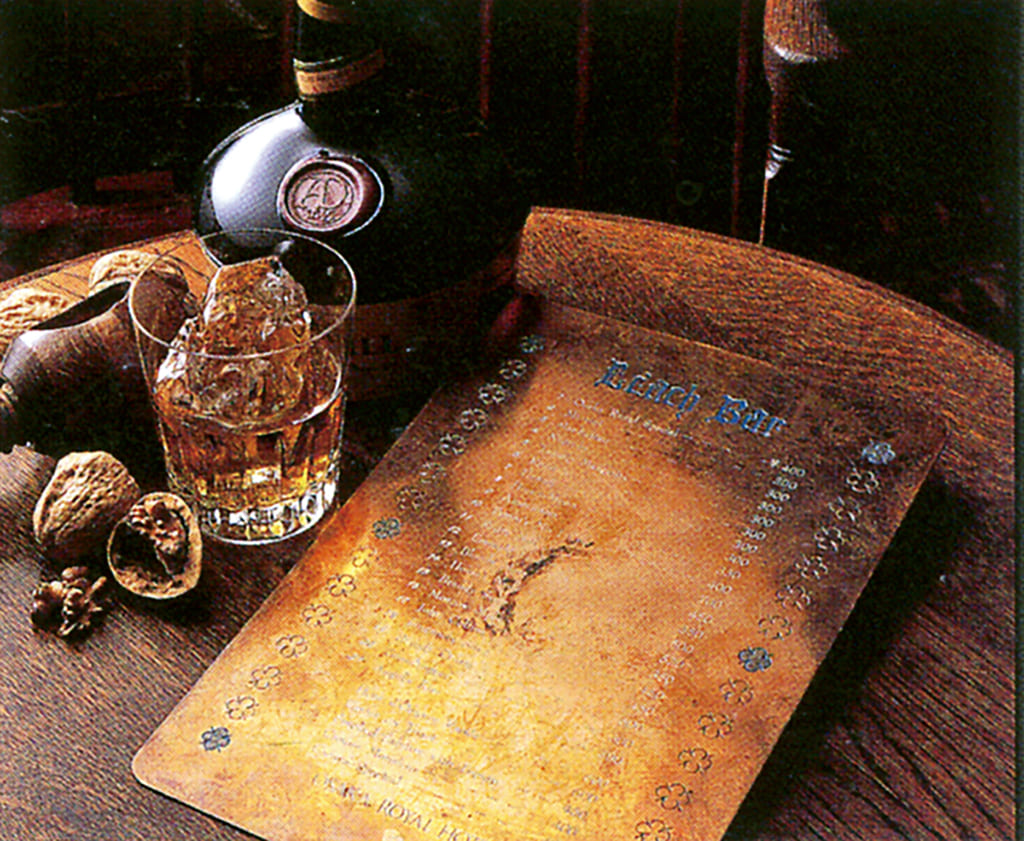
Drinking at the Royal Hotel
Shops in hotels are special. Specifically, I should say restaurants and boutiques. What makes them so different from other shops not located inside hotels?
For example, why does the same scotch taste better when drunk at the “Leach Bar”?
Perhaps it is because people’s taste buds change in different situations. If space design and service are just an extra factor, we cannot explain this phenomenon. “Delicious” and “enjoyable” are unquantifiable. Similarly, the human body does not consist of just specifications that can be understood by quantitative data. That is why we sometimes find the same food more delicious in some situations.
Spaces and services that transform people’s tastes and feelings are magic. Is it to create a special time, or is it to advance an ordinary relaxing time? It should be both, and if the border between the two lies in a space created by a good hotel, then “continuing to change while remaining the same” is one of the signs of a good hotel.
Welcoming VIPs from Japan and abroad.
Loved by many distinguished guests, the “Guest House of Kansai” has been used for international conferences such as APEC.
Since it was called the Osaka Royal Hotel, this hotel has welcomed many VIPs. One of the many things the staff has been placing importance on is to “serve without saying no until the very end.” This “royalism” is still alive at the RIHGA Royal Hotel.
【 From the VIP list 】
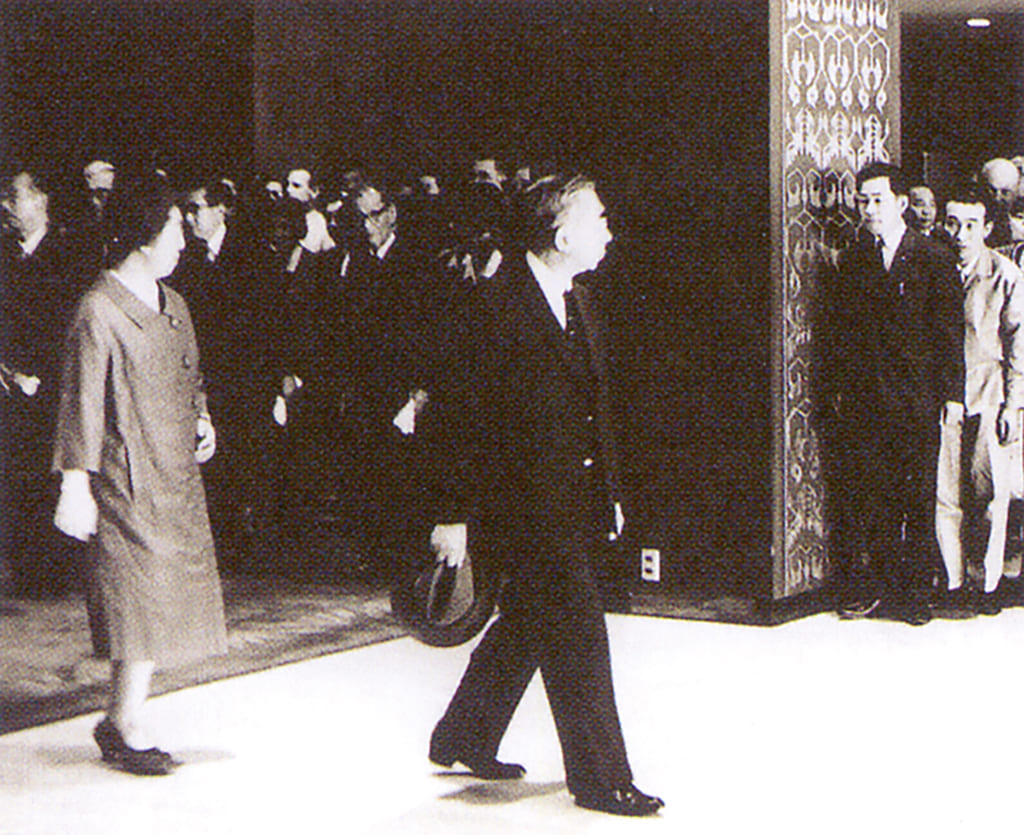
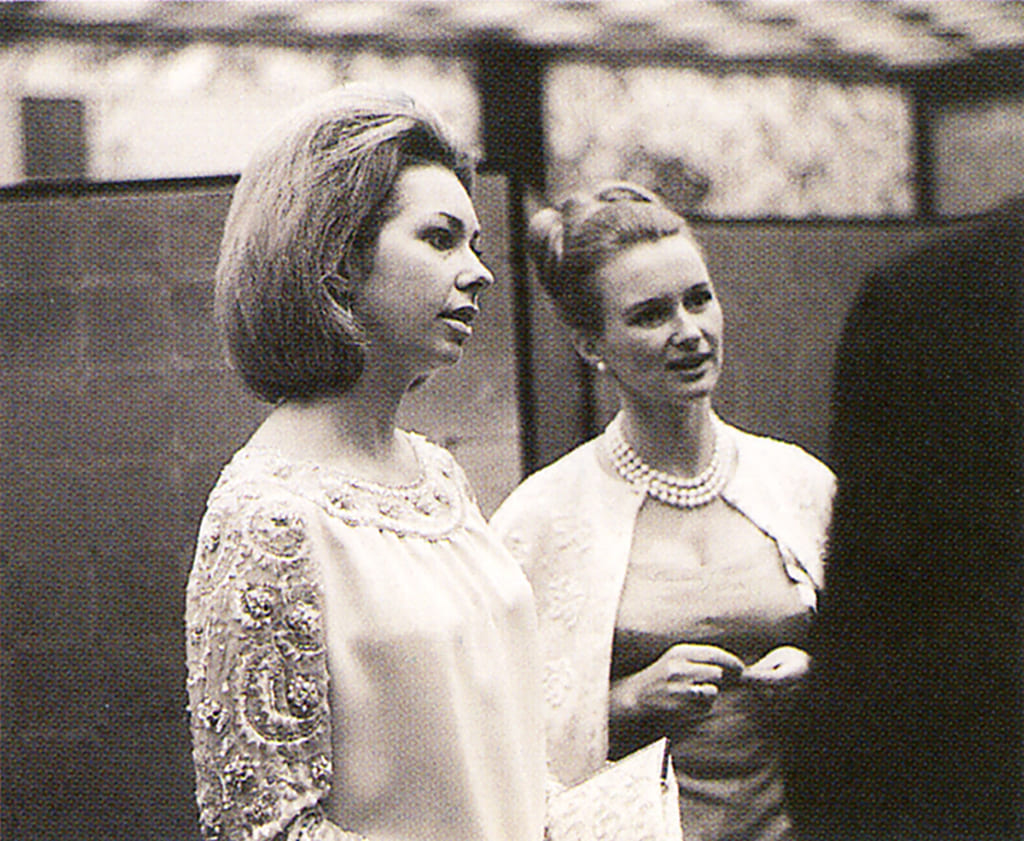
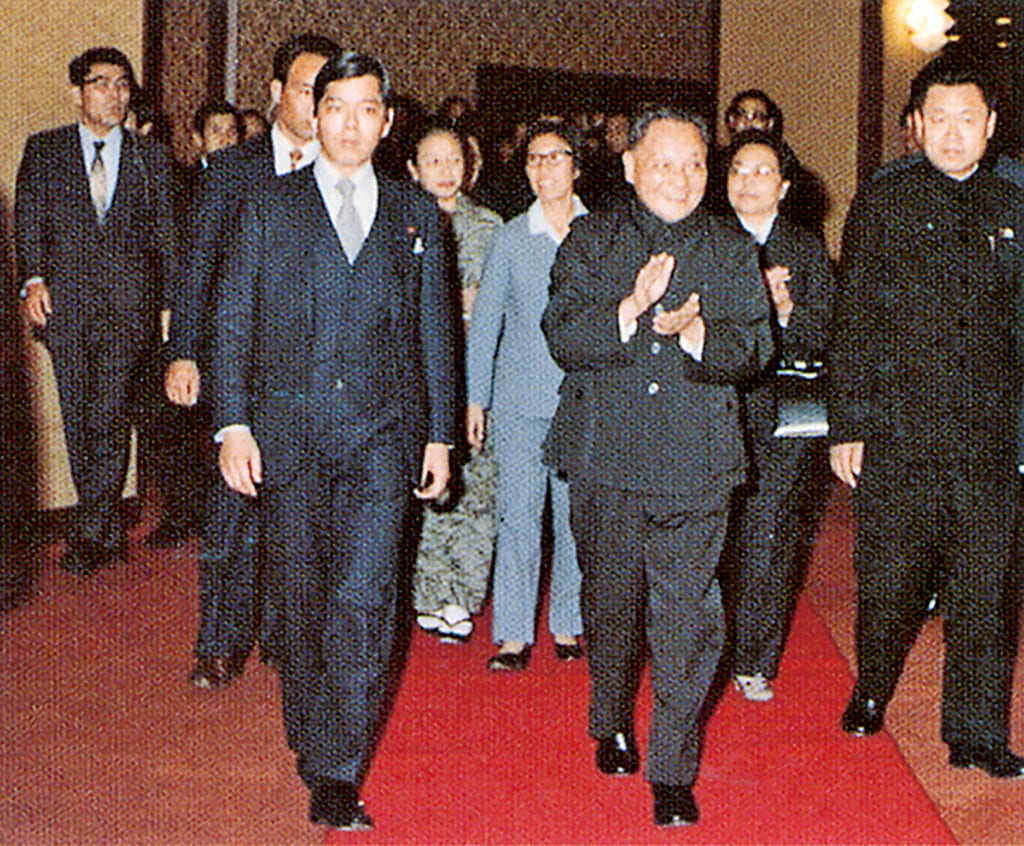
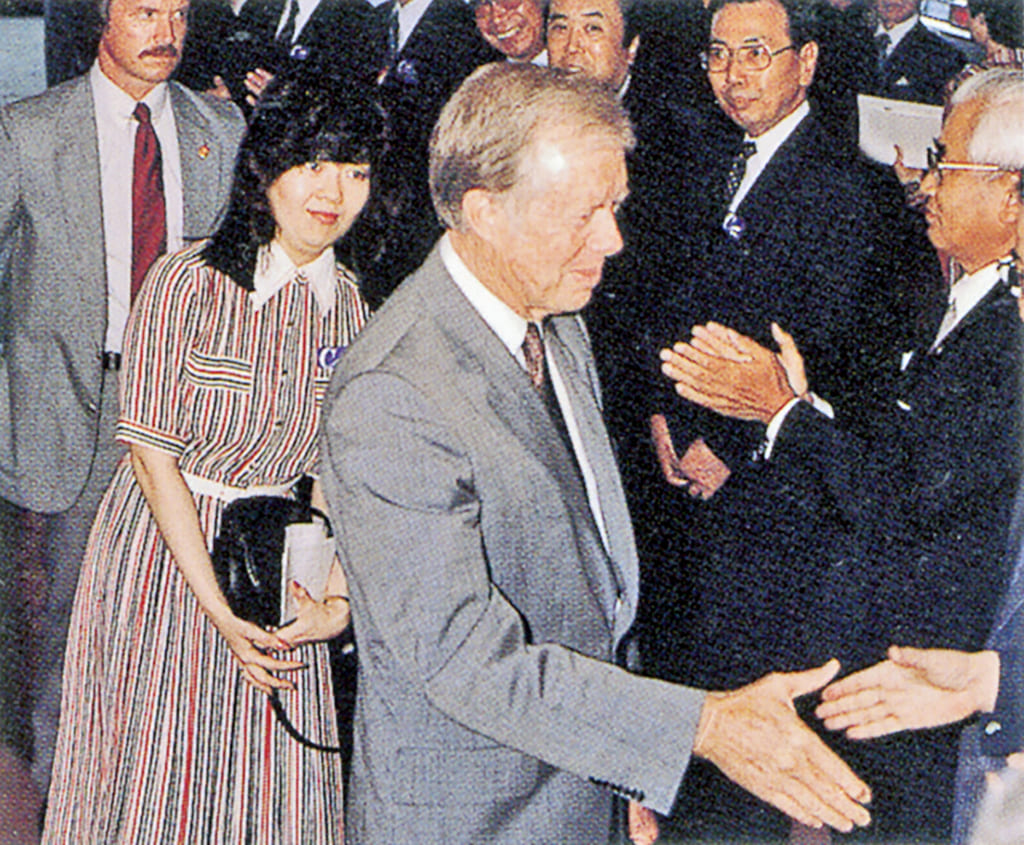
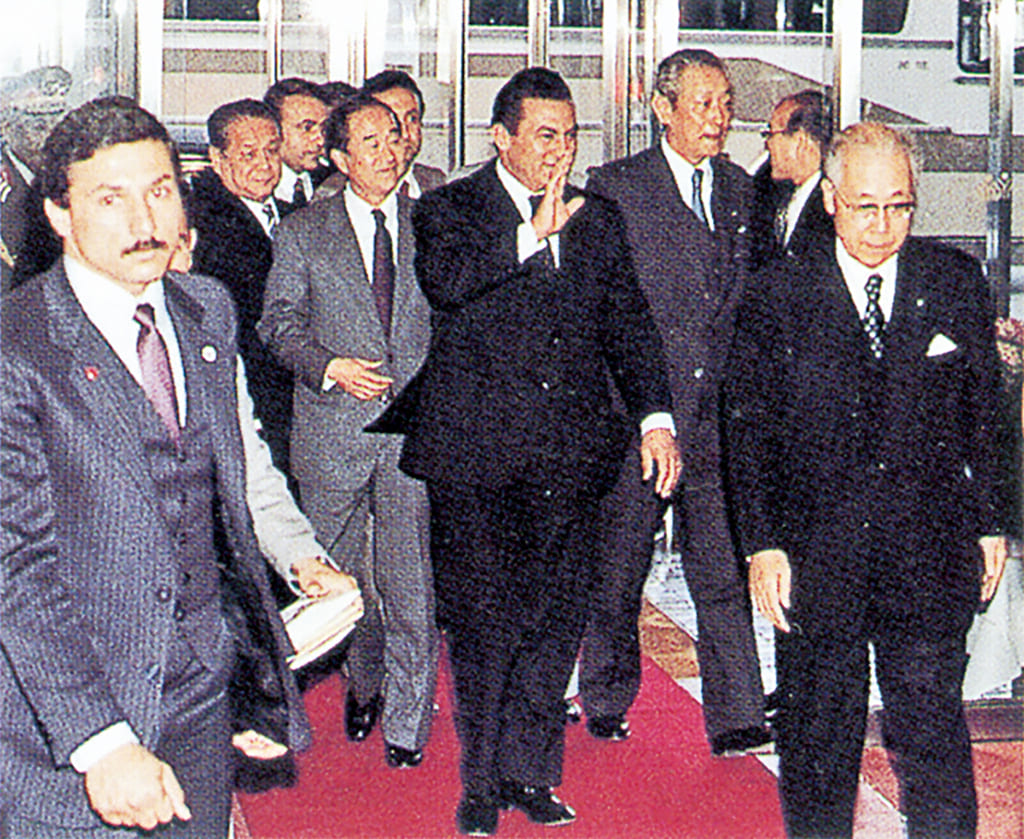
All titles and names are as documented.
History ~80 years of RIHGA Royal Hotel~
1997
April: Royal Hotel changes its name to RIHGA Royal Hotel.
Osaka Grand Hotel changes its name to RIHGA Grand Hotel.
Kyoto Grand Hotel changes its name to RIHGA Royal Hotel Kyoto.
Nakanoshima Inn changes its name to RIHGA Nakanoshima Inn.
2000
April: Osaka International Convention Center (Grand Cube Osaka) opens next to RIHGA Royal Hotel Osaka.
2002
April: RIHGA Royal Hotel Waseda changes its name to RIHGA Royal Hotel Tokyo.
2003
August: “Dog Hotel Guardians,” a hotel for dogs, opens.
December: The first “Osaka Hikari-Renaissance,” an illumination event in the Nakanoshima area, was held.
2004
April: “Japanese Restaurant & Bar Hoshizora” (former “Royal Sky Lounge” on the 30th floor) opens.
November: The National Museum of Art, Osaka, relocates to Nakanoshima 4-chome and opens its new wing.
2006
February: Receives BELCA Award in the “long life” category.
March: “Chinese Restaurant ROYAL RYUHO” opens.
April: “The Natural Comfort Towers” was renovated.
2007
April: “Base 21,” the hotel industry’s first mail-order service, starts.
May: “Chocolat Boutique du ROYAL L’éclat” opens.
July: The main lobby (located in the current Tower Wing) was renovated for the first time since its opening.
2008
March: RIHGA Grand Hotel closes.
2011
August: “All Day Dining REMONE” opens.
“The Crystal Wing” for wedding ceremonies open.
2012
January: 77th anniversary.
The new slogan is “Pride of OSAKA -Continue being a hotel Osaka is proud of.”
June: RIHGA Royal Gran Okinawa opens.
2013
March: “Japanese Restaurant Nakanoshima” opens.
2015
January: 80th anniversary.


